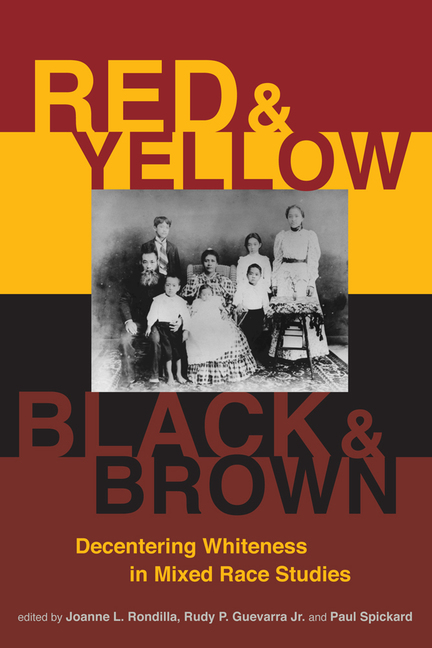The Discourse of Konketsuji: Racialized Representations of Biracial Japanese Children in the 1950sPosted in Asian Diaspora, Communications/Media Studies, Dissertations, History, Media Archive on 2017-07-11 00:23Z by Steven |
The Discourse of Konketsuji: Racialized Representations of Biracial Japanese Children in the 1950s
University of Toronto
March 2017
79 pages
Zachery Anthony Nelson
A thesis submitted in conformity with the requirements for the degree of Master of Arts, Department of East Asian Studies University of Toronto
This study examines textual representations of biracial Japanese children as featured in the print media of 1950s Japan. Attention is paid to the complex discursive process of racialization that produced knowledge of biracial Japanese under the label konketsuji or “mixed-blood child.” This “discourse of konketsuji” is deconstructed and analyzed towards the aim of illustrating how it functioned to disassociate the figure of the konketsuji from the category of “Japanese.” This study situates konketsuji and Japanese racial identity discourse into their proper historical contexts before transitioning to an analysis of primary source material. The discourse of konketsuji is revealed as having racialized konketsuji in a plural and complex manner. Racializing statements about konketsuji referenced difference in phenotype, social origin, political potential, birth circumstances, mentality, intellect, and cultural proclivities so as to position biracial children as a group outside a normative construction of Japanese raciality.
Read the entire thesis here.








